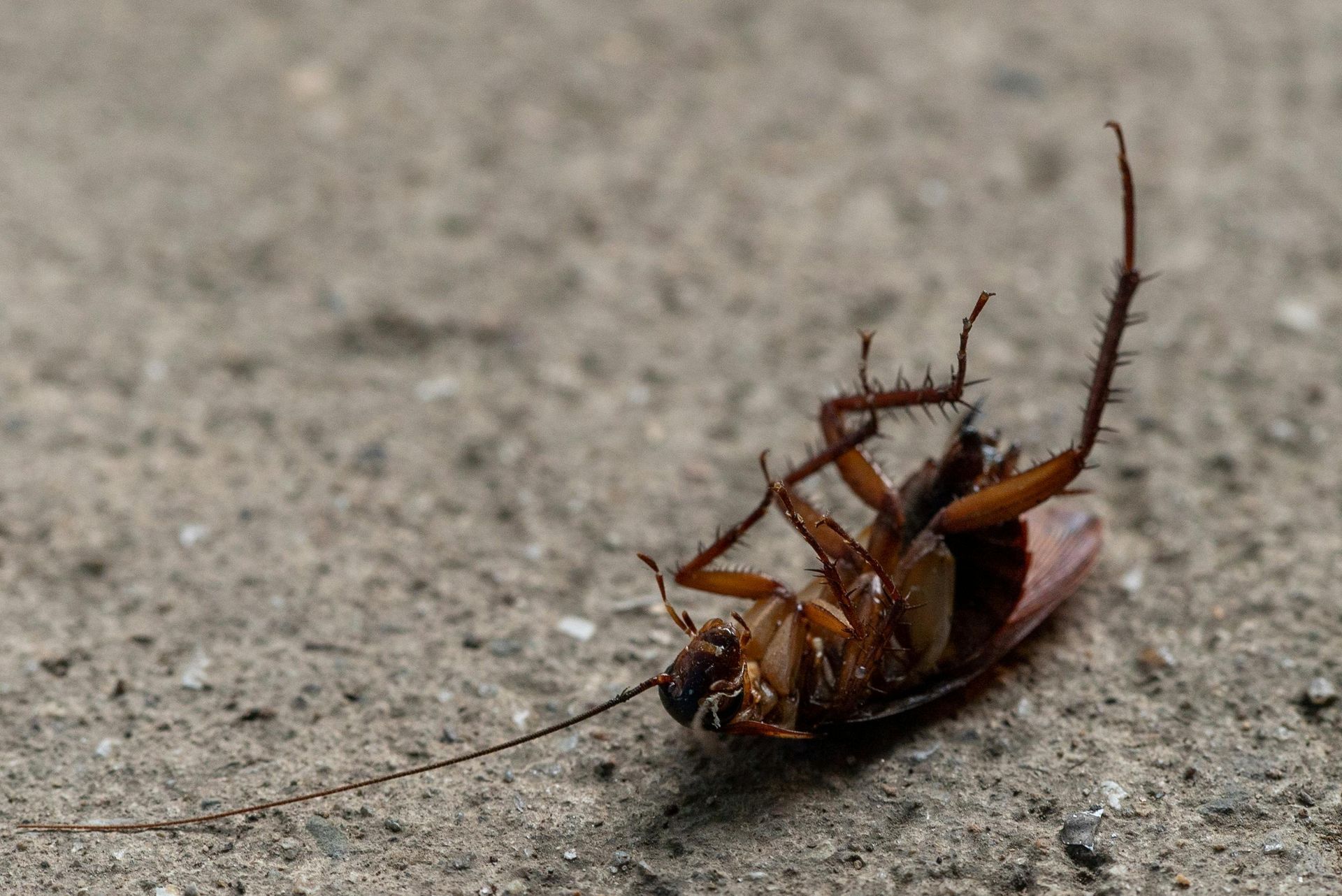How Fleas Can Affect Your Home
Fleas: What Are They and What Do They Look Like
Fleas are tiny parasitic insects with flattened bodies that are adapted to survive on their hosts' fur, feathers, or hair. Considering this, they are the parasite that is most frequently detected in animals with furs, like dogs and cats. From an estimated 2,500 species worldwide, more than 300 distinct flea types have been discovered in the United States. Fleas have powerful claws that are ideal for holding on, and their extraordinarily powerful rear legs assist to propel the bugs onto their hosts where they use their distinctive mouthparts as a repulsive straw to draw blood. It's fair to conclude that every human has a chance of getting fleas.
Fleas are tiny, wingless, flat, three-legged insects. They are roughly 1/8 of an inch long as adults. They have biting mouthparts and a dark reddish-brown color. The places where a flea can be discovered most frequently are outside in high grass, on your pet, in their bedding, or even on carpeting in your home. The itching from flea bites starts within an hour and they look like a cluster of mosquito bites. Because they move so swiftly across an animal's body, with fur and all, they can be difficult to spot. Flea combs and soaking your pet's hair can assist you to catch them for a visual check.
How Did Fleas Get Inside My House?
Fleas are drawn to the vibrations, carbon dioxide, and body heat that moving mammals produce. The majority of the time, a dog or cat kept outdoors transmits fleas inside the owner's house, which then results in an infestation. Fleas don't frequently choose humans as hosts, but they are capable of traveling on us. They can also enter a home on an outdated piece of furniture, or the skin or clothes of a visitor whose home is infested.
They frequently deposit eggs on their host as well. Because they are just weakly attached, those eggs will eventually fall off and be brought inside by your dog or cat. Fleas are so tiny that they can fit between window frames and floor gaps, making it possible for them to enter a home even without a host. By regularly vacuuming, shampooing your pets, and replacing their bedding, you can prevent a flea infestation from ever starting.
What Is The Average Flea Lifespan In A Home?
The problem is that fleas can build nests on your pets' bedding and fur. These eggs will then drop to the ground and on furnishings, where they will quickly spread and start an infestation. It just takes a small number of fleas to cause a significant pest issue. Fleas have an egg-laying capacity of 500 in just a few months. The majority of these hatchlings are concealed for one day to almost 2 weeks. They are minuscule larvae that hide under carpets, upholstery, and microscopic floor crevices.
A flea larva weaves a cocoon to transition into the pupal stage. This stage normally lasts five to fourteen days, but it could take longer in bad conditions. Adult fleas hatch from their cocoons when they are ready and wait for a host to move in their direction. A flea can survive for more than 100 days unharmed and without a blood meal. A typical lifespan for them is about two to three months. Female fleas cannot produce eggs until after their first blood meal, and they begin to lay eggs 36-48 hours afterward.
Is Having Fleas in My Home Dangerous?
Fleas are highly harmful pests despite being tiny. The diseases that these tiny insects transmit and bring represent the greatest threat. The bubonic plague, murine typhus, tularemia, and tungiasis are just a few of the illnesses and diseases that fleas are known to transmit and carry. The bubonic plague, in case you haven't known, is one of the worst diseases in the history of mankind and resulted in about 25 million deaths in the late 1600s. Even while diseases brought on by fleas may now be treated using more advanced techniques, getting sick through one of these pests remains an extremely uncomfortable experience.
As a result of your body's powerful reaction to the flea's saliva, a flea bite could result in an allergic reaction to your skin. Animals might experience allergic reactions to flea bites as well. An animal may scratch bites in response to an allergic reaction to the point that its skin becomes sore or becoming bald. Tapeworms could be carried by fleas. A tapeworm can develop if a flea is consumed by you or an animal. Children might be more likely to consume a flea unintentionally. The presence of something white and like a pumpkin seed in the excrement of you or your pet could indicate the presence of tapeworms, even if they might not be damaging to your general health or the health of your pet.
Flea Removal Procedure
Given the life cycle of fleas, getting rid of them might be challenging. It will take months to control mild to serious infestations, and a procedure of the like is needed for total eradication:
- Places where fleas usually thrive and breed should be thoroughly cleaned. This entails completely cleaning and vacuuming carpeted surfaces, as well as the borders of walls, as well as disinfecting bedding, mats, and pet bedding.
- There must be a treatment for all household pets. Before using a flea comb, pets should be well-cleansed with soap and water. The areas around the head, the neck, and the space in front of the tail should all receive close attention. To get rid of adult fleas, soap can work as a mild pesticide. Get in touch with your veterinarian for advice on selecting the best flea control solution for your fur child.
- Start home treatment concurrently with pet treatment. Contact a licensed professional pest control provider in Utah.
Eyring Pest offers expert pest control services for various pests, including fleas. To keep your home safe from common household pests, we employ the most comprehensive pest control options. We will painstakingly analyze every square inch of your living space to develop a long-term pest control treatment strategy tailored to your home. We can exterminate all of the fleas invading your home as well as look further for long-term solutions to reduce their likelihood of surviving. Let's work together to eliminate the annoying bugs from your home once and for all. Call
(385) 290-9782 now to get in touch with Eyring Pest!



